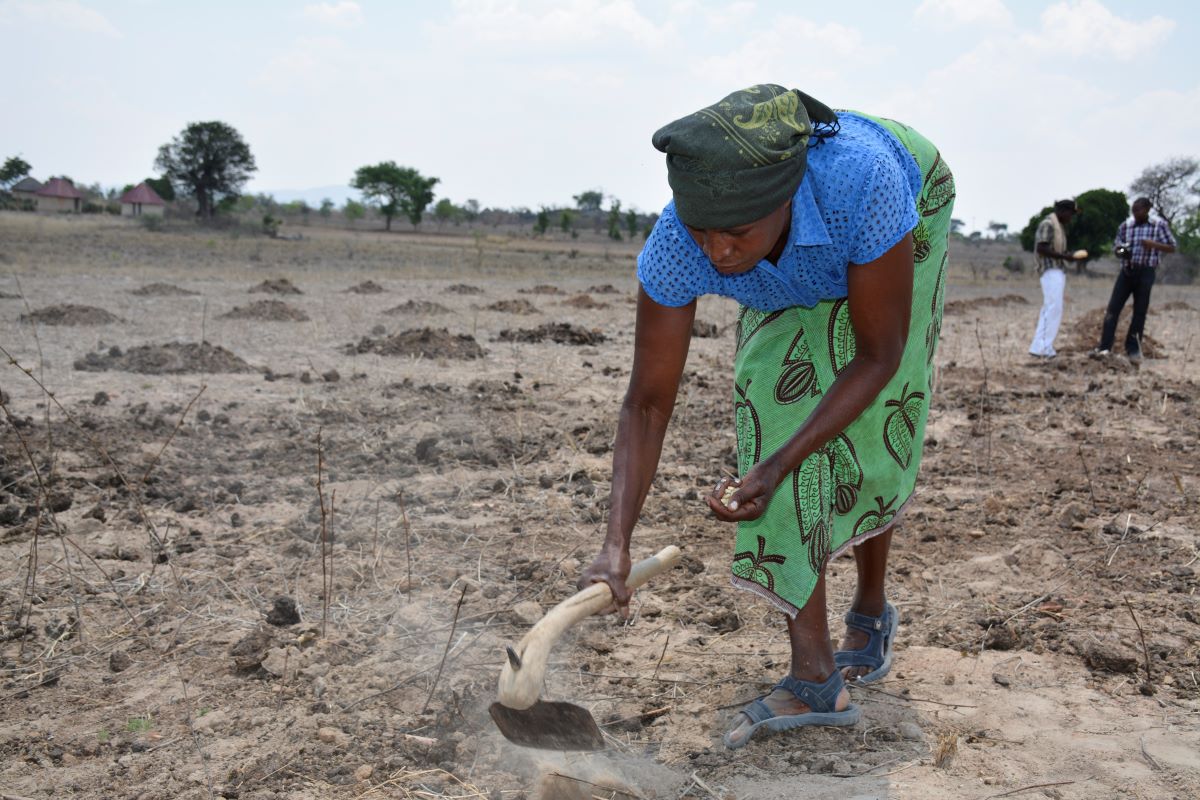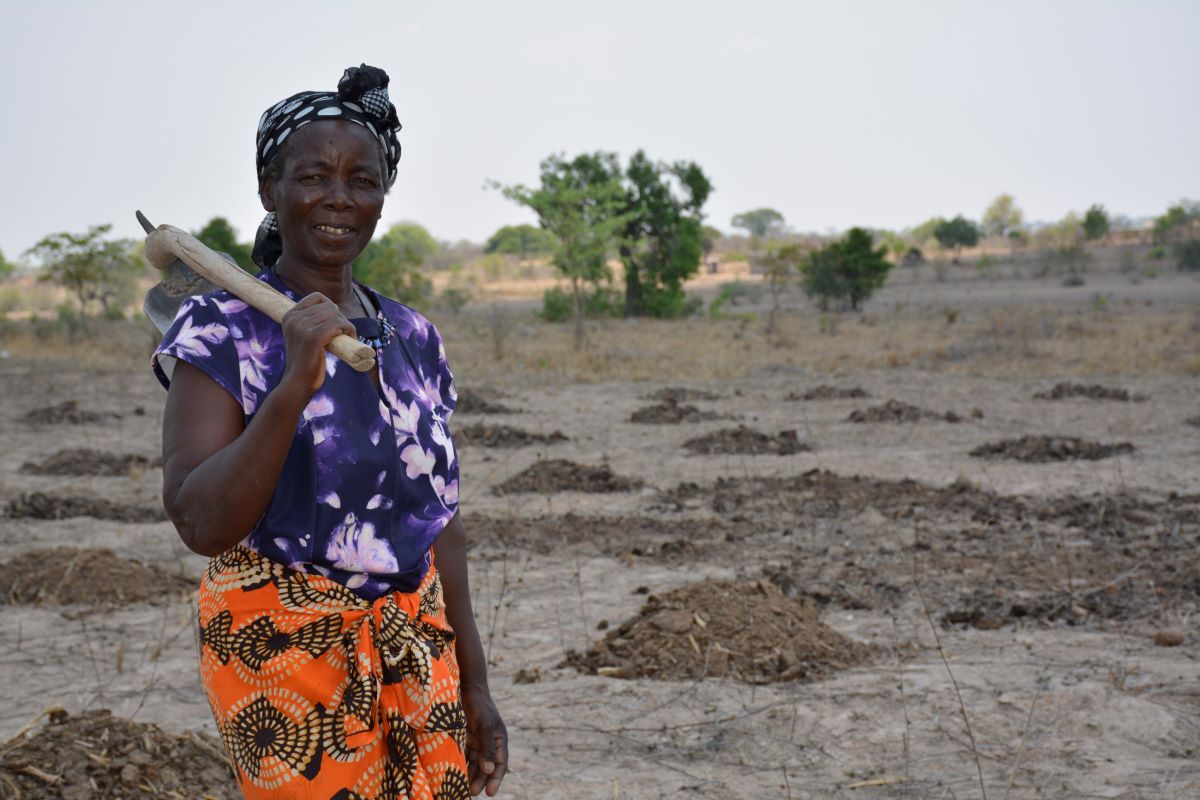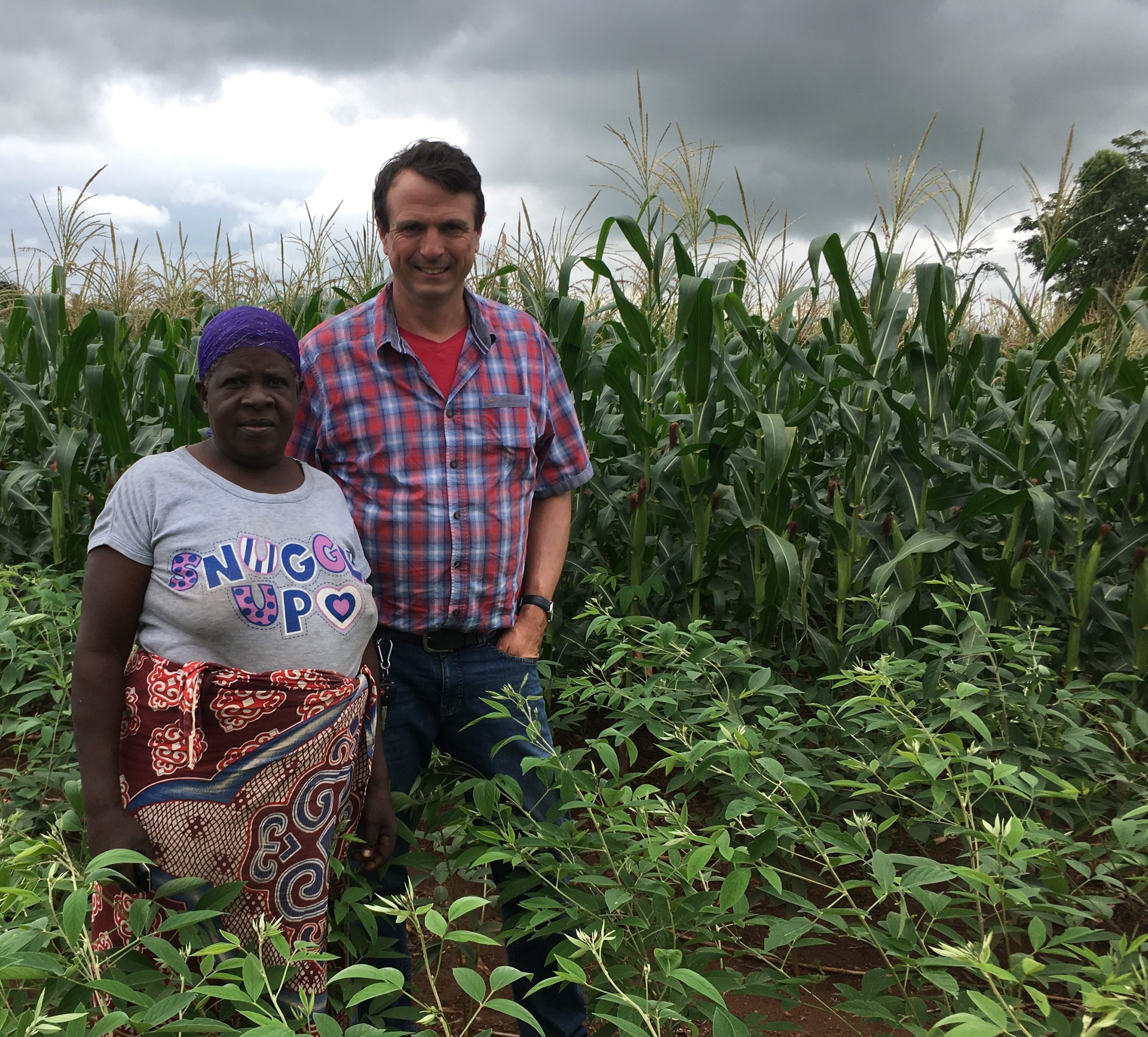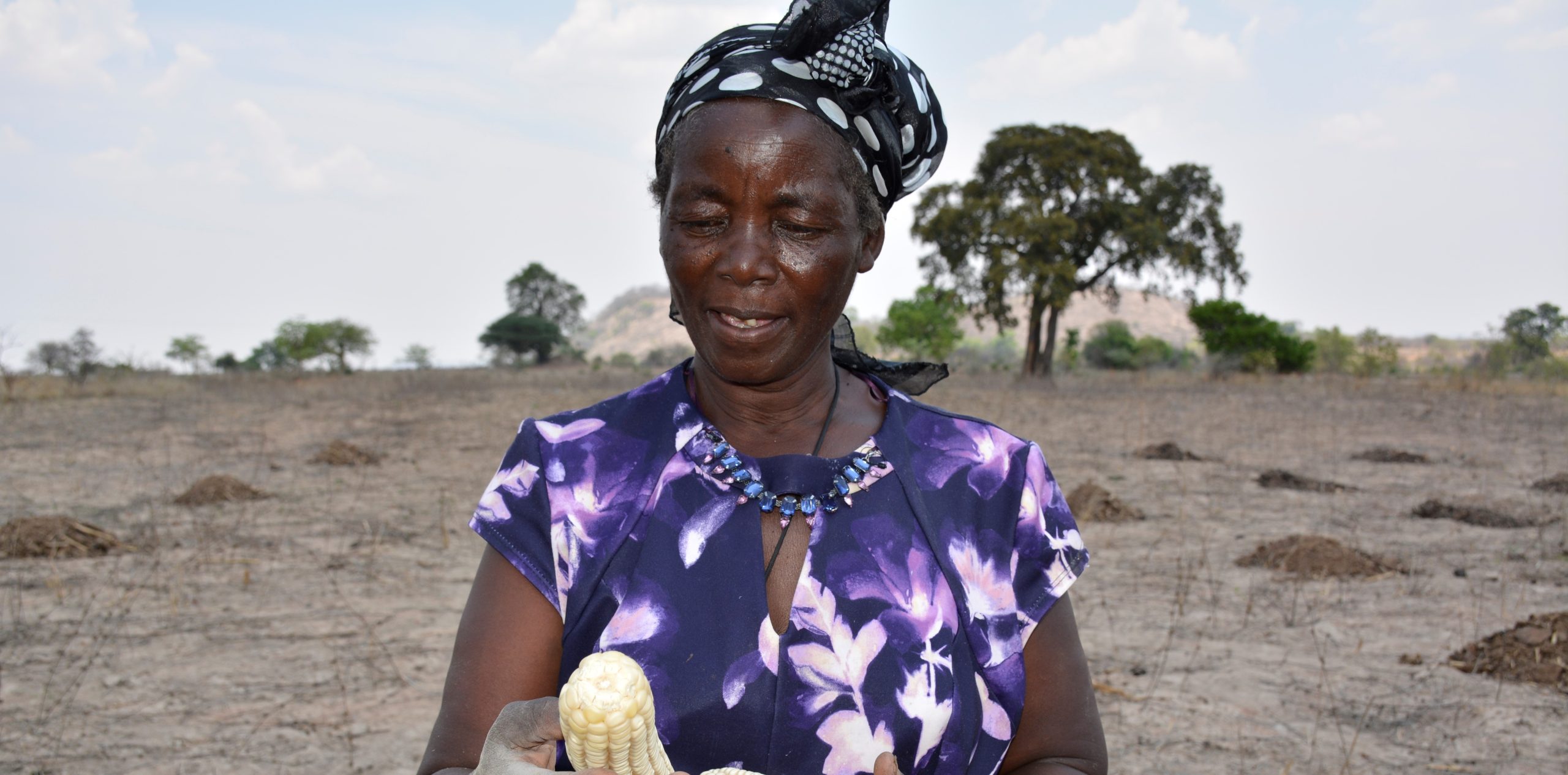
Over 80% of the world’s 570 million farms are smallholder farms under 2 hectares, supporting rural livelihoods in impoverished regions. Smallholder farmers, who form a significant portion of the 690 million people experiencing hunger, need improved crop varieties to thrive under challenging conditions like low inputs, climate change stresses, and pests.
Challenges of breeding for smallholder farmers
Particularly at early stages, breeding programs face difficulties replicating the diverse and resource-constrained environments of smallholder farms, referred to as the Target Population of Environments (TPE). The TPE encompasses all locations where new crop varieties will be grown, characterized by varied biophysical conditions, environmental stresses, and farming practices.
Conventional research stations, where new selection candidates are tested, don’t fully replicate smallholder conditions. Practices like manual labor for weed management or intercropping are common among smallholders but rarely modeled on research stations. This mismatch can lead to inaccurate predictions of crop performance on farms and discarding potentially successful candidate varieties.
Early-Stage On-Farm Sparse Testing (OFST)
Early-stage OFST shifts testing to hundreds of smallholder farms at early stages, addressing two major issues. First, it evaluates crops under real-world, farmer-managed conditions. Second, it captures the diversity within the TPE by conducting trials on numerous farms.
Using farm-as-incomplete-block (FAIB) designs, small farms test 3–5 candidate varieties, aligning with their plot size and resource constraints. A genomic relationship matrix connects trials across farms, ensuring comparability between farms and enhancing selection accuracy through the sharing of information. This approach reduce replication and enable testing more candidates, thereby improving breeding efficiency and providing a basis for accelerated parent recycling. Smallholder farmers are highly diverse, and careful sampling ensures a wide range of farmers can participate. The small land requirements of this approach allow small, poor and/or women farmers to equally participate.

On-Farm Testing and on-station testing: complementary yet demanding approaches
Early-stage on-farm testing complements, rather than replaces, on-station trials. Controlled assessments for traits like disease resistance and managed abiotic stresses remain essential at research stations. Conversely, insights from early-stage OFST can help refine on-station testing to better represent farming realities.
Scaling early-stage OFST demands strong partnerships between CGIAR, NARES, and farmers for decentralized trial management. Farmers must consent to participate and be compensated for risks. Additionally, significant resources and coordination are required to ensure trials are representative and reliable.
Despite these challenges, early-stage OFST holds transformative potential. By aligning breeding programs with smallholder realities, it can deliver improved crop varieties faster and more effectively, enhancing food security for those who need it most.
For more information, see the article: Accelerating Genetic Gain through Early-Stage On-Farm Sparse Testing by Werner et al., Trends in Plant Science.
Accelerating genetic gain through early-stage on-farm sparse testing.
Accelerating genetic gain through early-stage on-farm sparse testing
Werner, Christian R. et al.
Trends in Plant Science, Volume 0, Issue 0

 Environmental health and biodiversity
Environmental health and biodiversity 
